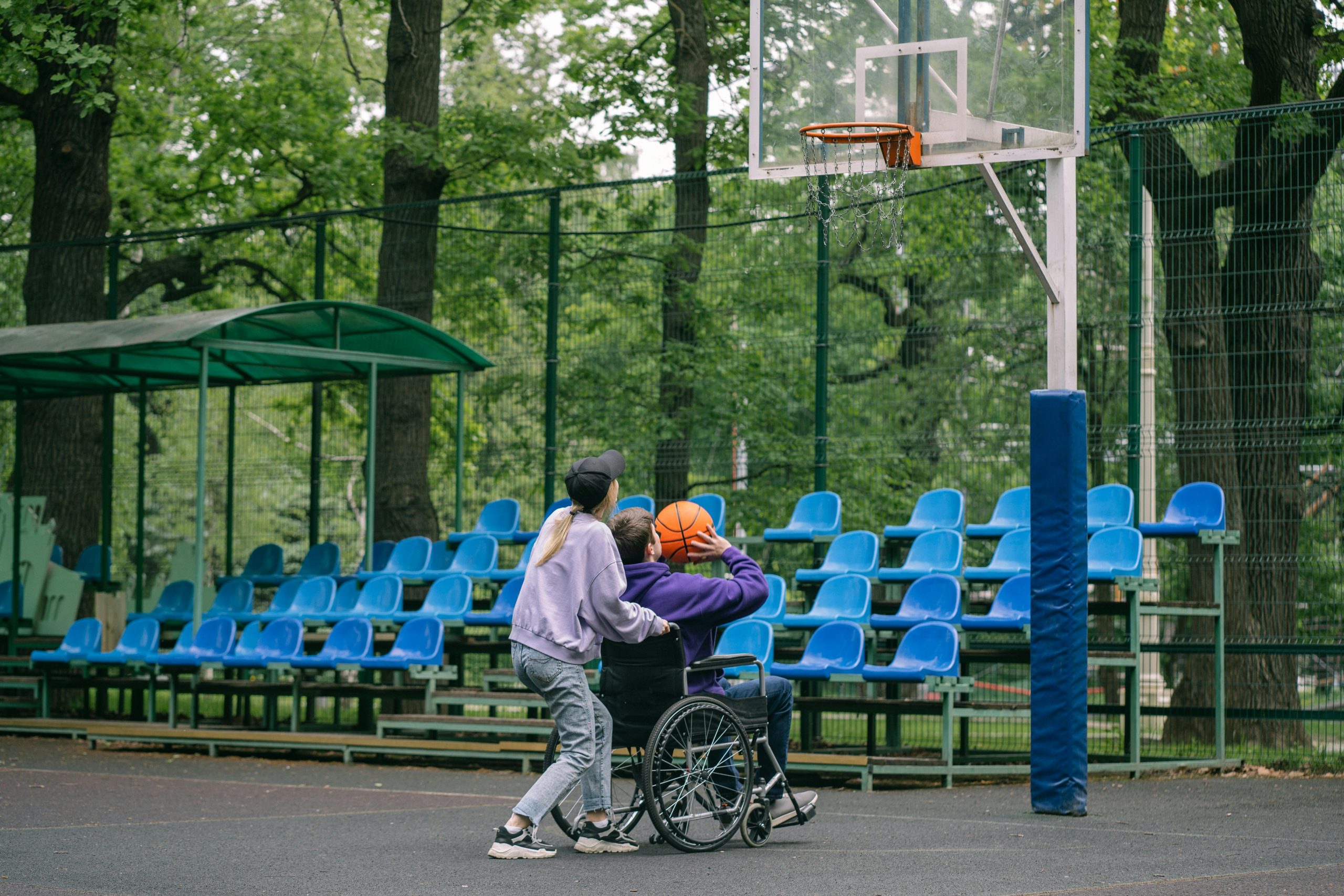Confronting a Disturbing Discovery: Addressing Public Webcam Privacy Issues
Recently, I encountered a troubling situation while browsing Shodan, a search engine that identifies devices connected to the internet. I came across a public webcam stream broadcasting from a young child’s bedroom. Alarmed by this discovery, I realized that the webcam was owned by a customer of Rogers, a Canadian ISP. As a concerned parent, this revelation prompted me to reach out to Rogers support to report that the webcam appeared to be accessible without any restrictions.
Struggling for Solutions
Feeling it was imperative to act, I contacted Rogers’ customer service. However, my experience was frustrating. Despite explaining my concern, the initial support representative merely referred me to a “supervisor” for assistance. After waiting for what felt like an eternity, the supervisor informed me that they could not intervene and suggested contacting the authorities in either Canada or Austria, as I am based in Europe.
This left me feeling helpless, as I found it difficult to believe that reaching out to local authorities would be effective in this situation. I assumed the homeowner was likely unaware of their webcam’s exposure to the public, and I was hoping for a more immediate solution.
Update on the Situation
On January 26th, I received word that the webcam’s owner had been contacted and the video feed had been secured with a password, which was a significant relief. Additionally, Rogers sent me an update stating that they had escalated my original concern and would take further action to address the matter directly with the webcam owner.
I also took the initiative to write to various organizations, including the Office of the Privacy Commissioner of Canada and the Canadian Centre for Cyber Security. While I attempted to reach out to Canadian law enforcement through the number provided by Rogers, I was unable to get through initially. It seems that navigating the bureaucratic maze can sometimes be just as challenging as the situation itself.
The Importance of Community Support
I want to extend my gratitude to everyone who reached out with offers of support and advice. The online community’s responsiveness has been a source of encouragement during this unsettling experience. Transparency in these matters is crucial, and sharing this experience not only raises awareness but also illuminates the importance of internet security, especially for vulnerable individuals like children.
I plan to keep everyone updated as I continue to pursue this issue. The internet can be a treacherous place, and it’s vital that we remain vigilant about privacy and security. While we might not have all the
Share this content:




What Steps to Take Next Regarding Public Webcam Exposure
First and foremost, it is commendable that you took action by reporting this issue and reaching out to relevant authorities and organizations. Here are additional steps you can consider to further address and prevent such situations: